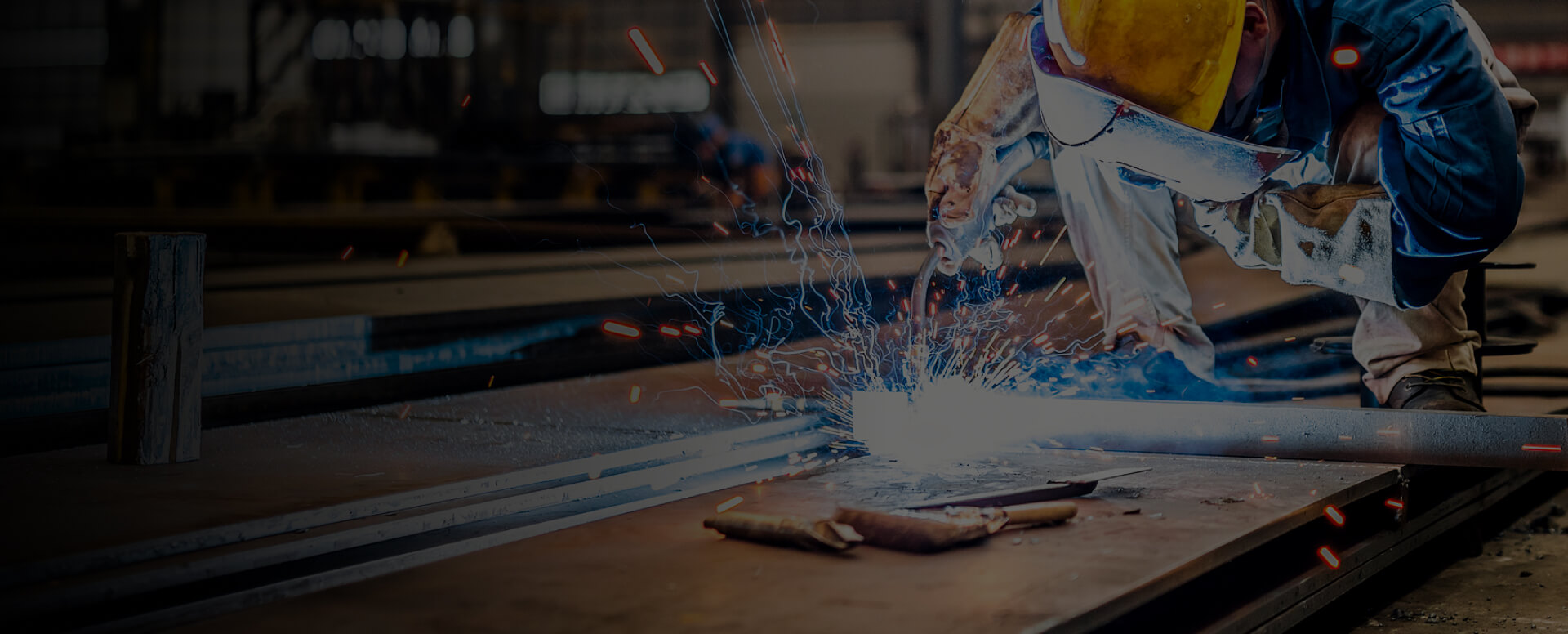
Welding is an art that combines precision, skill, and a deep understanding of materials. Whether you're an experienced professional or a beginner, refining your torch techniques in MIG and TIG welding can elevate your work from functional to exceptional. Here are five key methods to help you achieve cleaner, stronger, and more professional welds.
1. The "Cursive E" Technique for MIG Welding
Key points: Maintain a steady rhythm without sudden movements. Benefit: Produces uniform weld beads with improved appearance and strength.
2. The Crescent Moon Technique for Better Penetration
Application: Best used on joints requiring deeper weld penetration. Tip: Keep movements fluid to avoid creating irregularities in the bead.
3. Torch Angle Adjustment for TIG Welding
Why it matters: Prevents contamination and supports arc focus. Pro tip: Angle the tungsten slightly toward the welding direction for improved control.
4. Arc Length and Distance Control
TIG Welding: Keep a distance of 1/8″ to 3/16″ between the tungsten and the workpiece. MIG Welding: Adjust the wire-to-work distance to balance penetration and bead shape. Too close: Risk of sticking or splatter. Too far: Unstable arc and weak penetration.
5. Two-Handed Torch Control for Stability
MIG Welding: Use one hand to grip the torch and the other to support the neck or cable. TIG Welding: Feed the filler rod with your non-dominant hand while controlling the torch with your dominant hand. This approach reduces shaking and results in smoother, more consistent welds.
Final Tips to Improve Your Welding
Practice Regularly: Mastery comes with repetition. Use scrap material to refine each technique. Monitor Heat Management: Adjust amperage and travel speed to match material thickness. Use Quality Gear: A responsive torch, proper gas, and clean consumables make a noticeable difference.
Related Articles

Manual vs. Robotic Welding: Key Differences and Applications
Manual welding relies on human skill to perform joins, while robotic welding utilizes programmed machinery to achieve precision and efficiency. Understanding the distinctions between these methods helps in selecting the right approach for specific projects.Precision and ConsistencyManual Welding: Qu

Do You Need a Mask for Plasma Cutting?
Yes, wearing proper respiratory protection is essential when operating a plasma cutter. A well-chosen mask protects operators from hazardous fumes, airborne particles, and indirect radiation exposure, making it a non-negotiable part of plasma cutting safety protocols.Primary Hazards of Plasma Cuttin

How Cost-effective Is The Hot Wire TIG System?
Tungsten Inert Gas (TIG) welding is celebrated for its ability to create exceptionally clean and high-integrity welds. A key factor limiting its wider application on thicker materials, however, is its relatively slow speed. Hot Wire TIG welding addresses this limitation head-on, representing an adva

What Are The Differences between Laser Cutting And Plasma Cutting?
Laser Cutting vs Plasma Cutting: Key Differences, Applications & Cost AnalysisLaser cutting and plasma cutting are two distinct industrial cutting processes that utilize different technologies. Laser cutting employs a focused light beam, while plasma cutting uses ionized gas to slice through materia

Metals Suitable for MIG Welding And Its Challenges
MIG welding, also known as Gas Metal Arc Welding (GMAW), is widely used across industrial and hobby applications due to its versatility and ability to join a variety of metals. However, some metals—including titanium alloys—pose challenges due to their reactive nature and other inherent properties.C

What Are The Key Challenges in Aluminum Alloy Welding?
Master the techniques to overcome difficulties in aluminum welding, including its refractory oxide film, hydrogen porosity, high thermal conductivity, and cracking tendencies, for achieving high-strength, quality welds.Introduction: Renowned for their exceptional strength-to-weight ratio and corrosi

